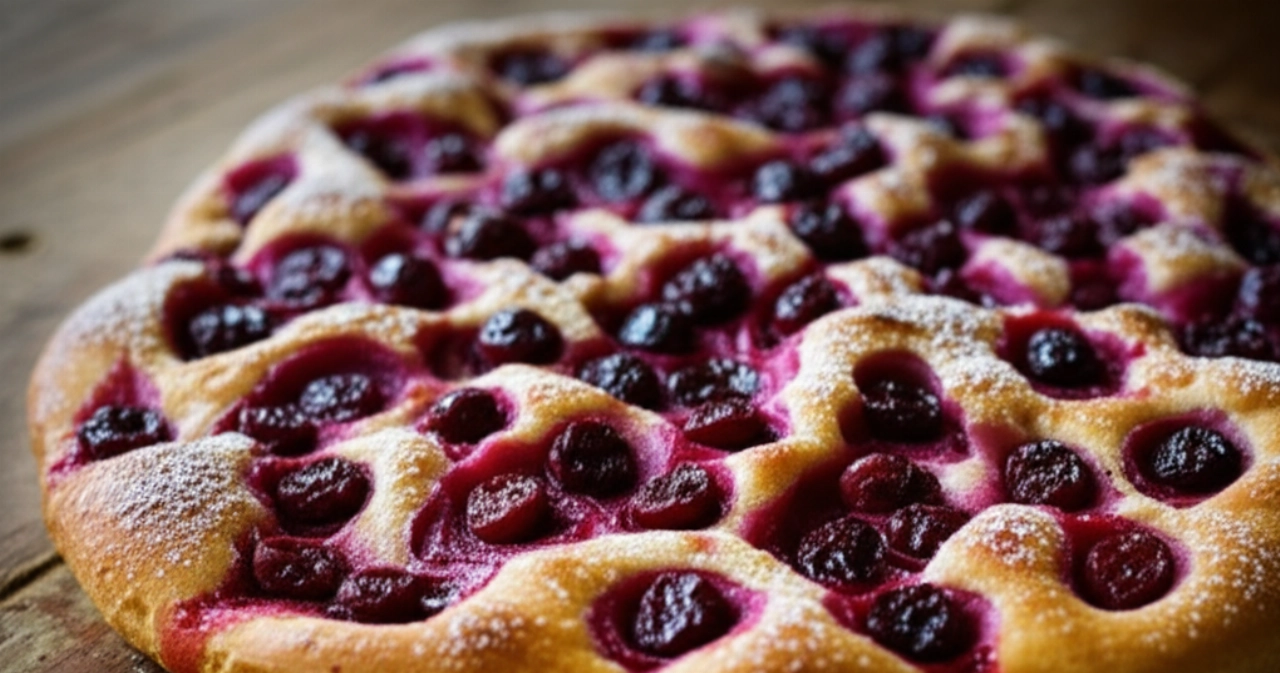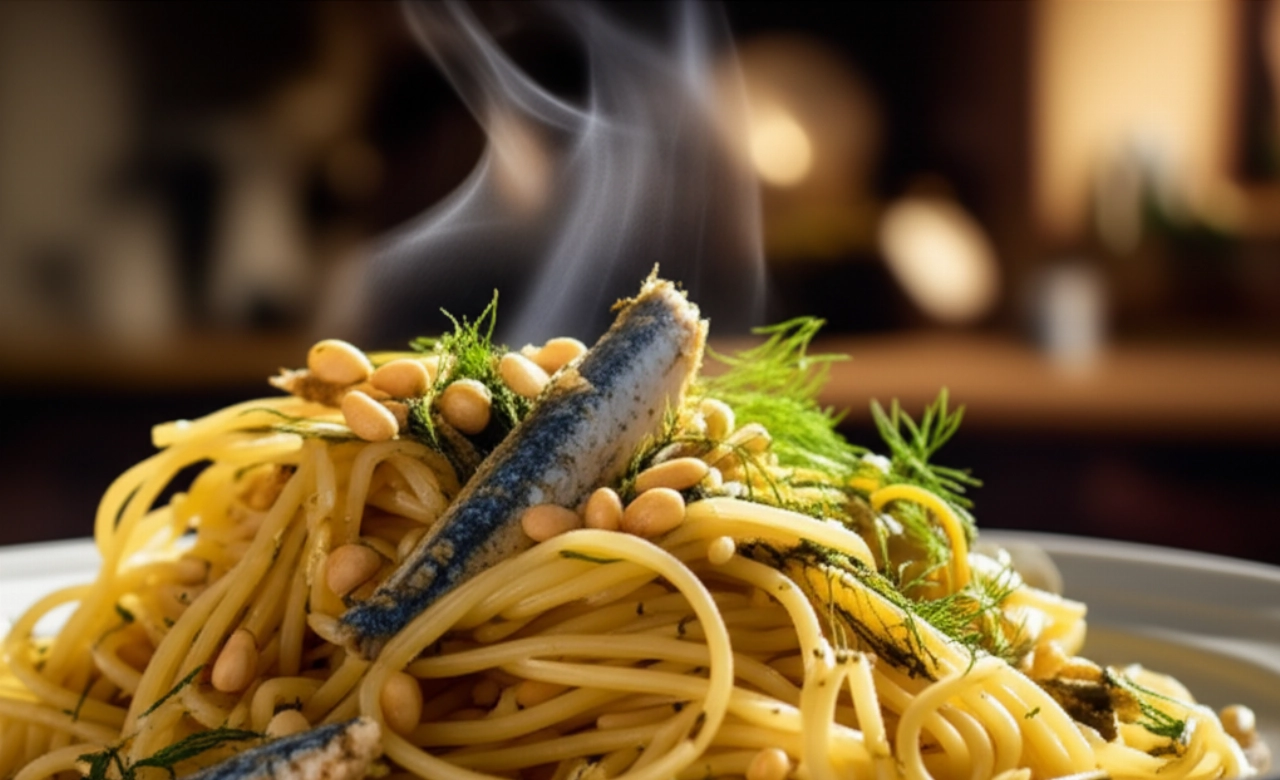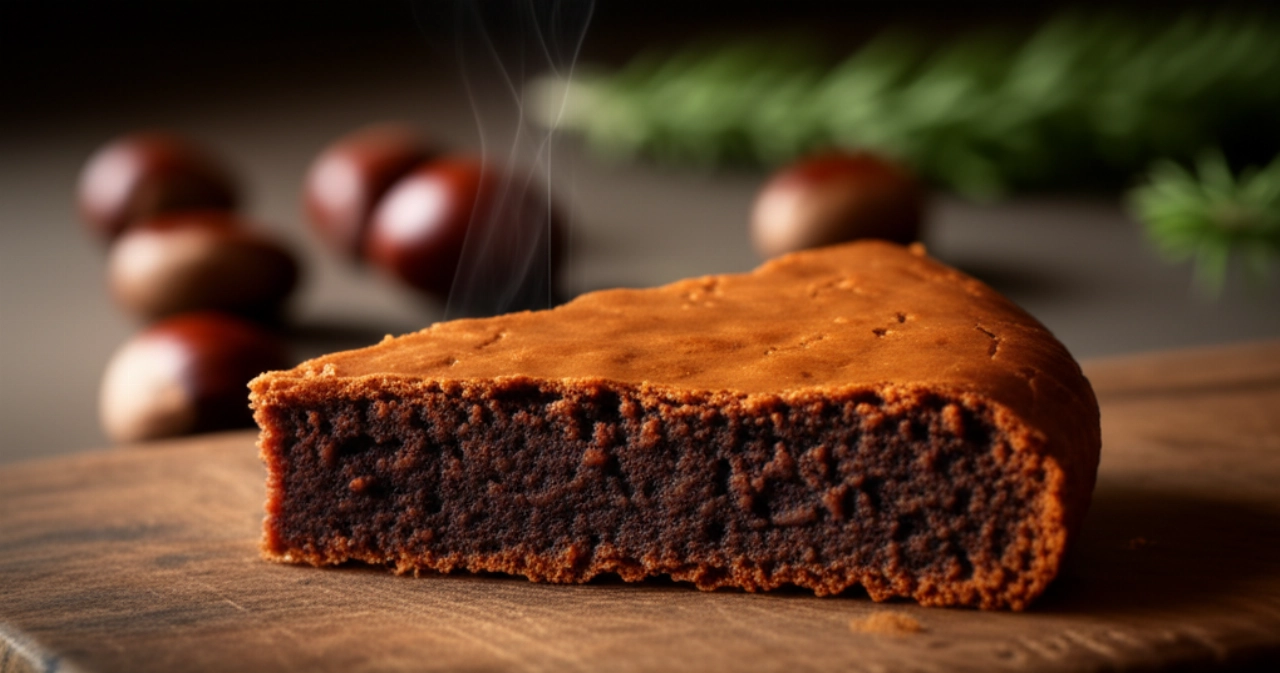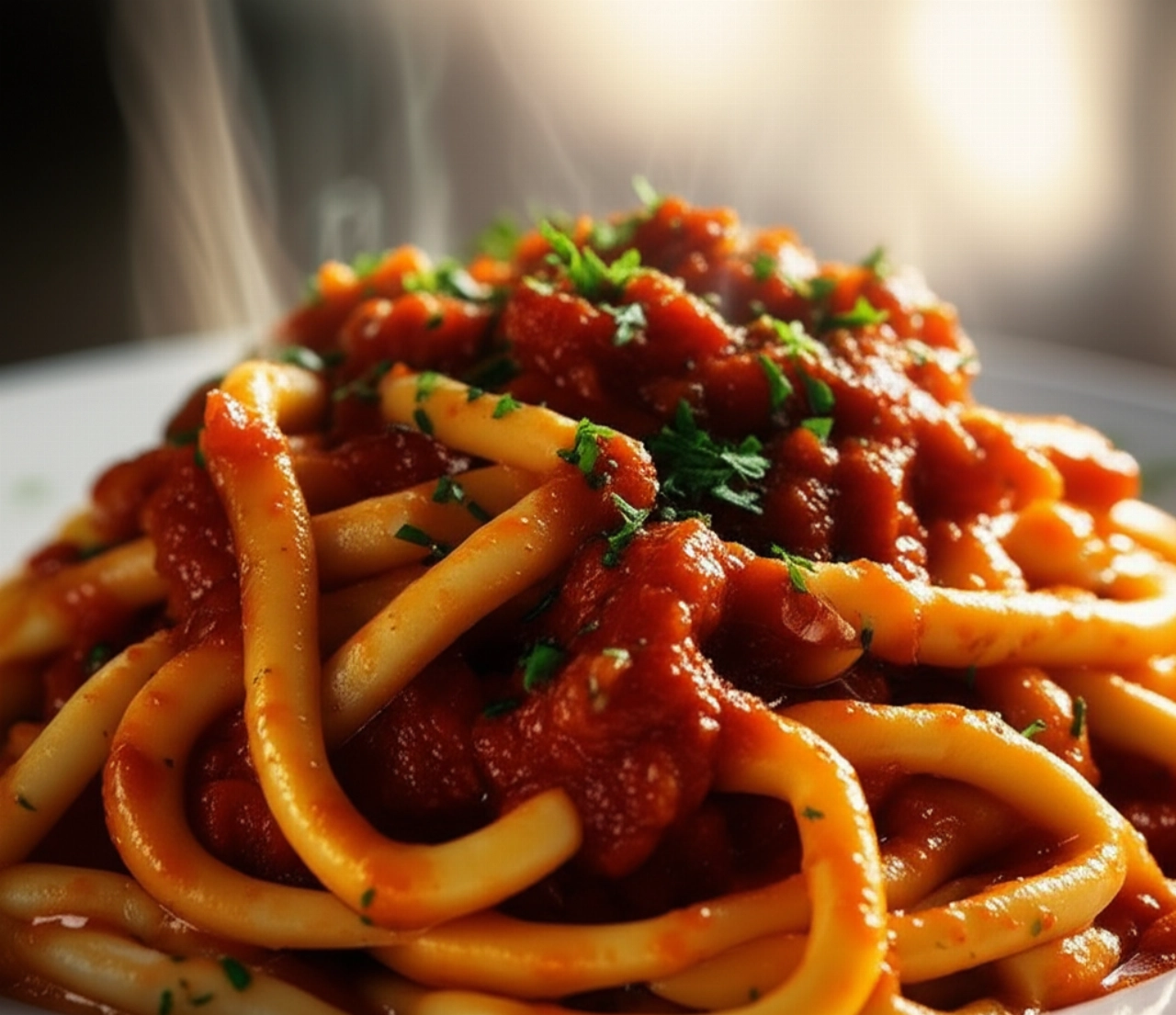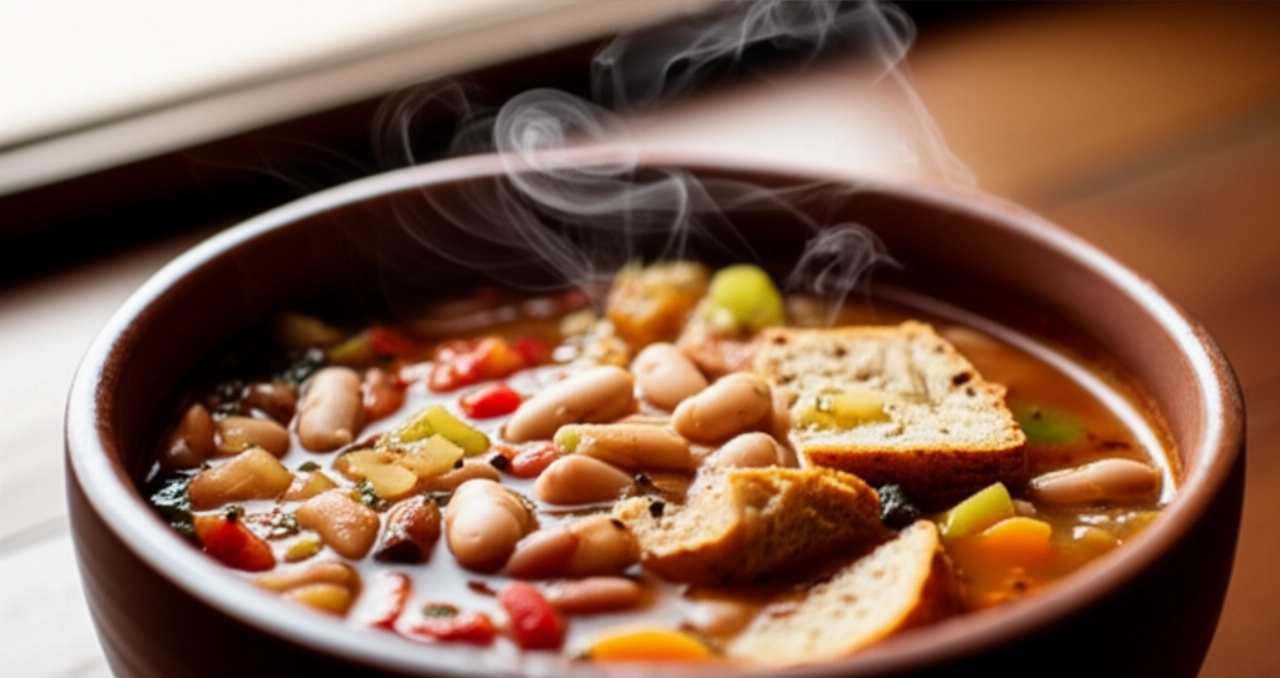Do you dream of bringing to the table a dish that evokes the intense aromas of Tuscany, the wild and enveloping taste of the forest, and the tenderness of meat that melts in your mouth? Pappardelle with Wild Boar Ragù is much more than just a first course: it's a sensory journey, a warm embrace that tastes of tradition and home.
But too often, wild boar ragù seems like a titanic undertaking, with the risk of tough meat, a flat taste, or, worse, a result that doesn't do justice to the nobility of this ingredient. Finding the right recipe, one that guarantees success without performance anxiety or wasted ingredients, can seem like a mirage.
Make yourself comfortable. On this page, you won't just find a list of ingredients, but the definitive guide, full of tricks and tips, to prepare the best Pappardelle with Wild Boar Ragù of your life. Success is guaranteed, and the aroma that will fill your kitchen will be the first, wonderful promise kept.

The Unique Angle: Depth of Flavor and Tenderness of the Meat
Our promise? Forget stringy meat and bland sauces. I'll guide you step by step to a wild boar ragù that melts in your mouth, with a rich and enveloping flavor, just like you'd make it in Tuscany, without the risk of tough meat or a bland sauce. The secret lies in the perfect marination and slow, patient cooking, two pillars that will ensure an unforgettable result.

Smart Ingredients for an Infallible Wild Boar Ragù
- Wild Boar: Choose cuts suitable for long cooking, such as shoulder or thigh. Ask your trusted butcher to cut it into coarse pieces (about 3-4 cm). The quality of the meat is the starting point for an authentic flavor.
- Vegetables for Soffritto: Very fresh carrots, celery, and onion, finely chopped. They are the aromatic base that will give depth to the sauce.
- Red Wine: A good Chianti or another full-bodied, not too tannic red wine. Don't skimp on quality; wine is essential for both marinating and deglazing.
- Tomato Passata: Of excellent quality, thick and flavorful. If you have the opportunity, use our homemade tomato passata for an extra touch of authenticity.
- Aromatics: Bay leaves, crushed juniper berries, fresh rosemary sprigs. These are the scents of the forest that will blend with the meat.
- Vegetable Broth: Homemade or good quality, it will be used to thin the ragù during slow cooking.
- Extra Virgin Olive Oil: A good Tuscan oil, of course!
- Pappardelle: Fresh, preferably homemade. Their width is perfect for collecting all the sauce. If you don't have time, choose an excellent quality egg pasta format.

The 3 Mistakes That Ruin Wild Boar Ragù (and How to Avoid Them)
I'll warn you about the most common pitfalls, so you can avoid them and proceed with confidence.
- Insufficient or Incorrect Marination: Many underestimate this step or use overly aggressive marinades. Marination serves to tenderize the wild boar fibers and eliminate excessive gamey flavor, not to cover it. Use wine, vegetables, and aromatics, and let it act for at least 12-24 hours.
- Too Fast or Short Cooking: Wild boar ragù is the epitome of slow cooking. If you cook it in a hurry, the meat will remain tough and the flavor won't have time to fully develop. It must simmer gently for hours, until the meat shreds with a fork.
- Lack of Flavor Balance: A ragù that's too acidic from the tomato, too bitter from the wine, or too gamey. Always taste and balance with a pinch of sugar if the tomato is too acidic, or a bit more broth if the flavor is too concentrated.
Grandma's Secret: Patience and "Resting"
My grandmother, when she prepared wild boar ragù, always said: "Time is the most precious ingredient, and resting after cooking is the magic touch." She was never in a hurry. She would let the ragù simmer for hours, on the lowest heat, almost forgotten on the stove. And the most important thing: she always prepared it the day before. Wild boar ragù is even better the next day, when the flavors have had time to meld and deepen. This is an infallible trick for a truly unforgettable flavor.
Let's Prepare Pappardelle with Wild Boar Ragù Together: The Step-by-Step Guide
Follow each step carefully, and success will be assured.
Phase 1: Marination (Crucial!)
- Prepare the meat: Cut the wild boar into pieces of about 3-4 cm.
- Prepare the marinade: In a large bowl, place the wild boar pieces, coarsely chopped soffritto vegetables (carrot, celery, onion), bay leaves, crushed juniper berries, and rosemary sprigs. Cover everything with red wine.
- Let it rest: Cover the bowl with plastic wrap and let it marinate in the refrigerator for at least 12 hours, preferably 24. Stir occasionally.
Phase 2: Preparing the Ragù
- Drain and dry: After the marination time, drain the wild boar pieces well (reserve the marinade liquid and vegetables). Dry the meat with paper towels: this is crucial for good browning.
- Prepare the soffritto: In a large, heavy-bottomed pot (cast iron is ideal), heat a generous drizzle of extra virgin olive oil. Add the marinade vegetables (if you wish, you can finely chop them before adding) and let them gently soften over low heat for about 10 minutes, until tender and translucent.
- Brown the wild boar: Slightly increase the heat and add the well-dried wild boar pieces. Brown them on all sides until well golden. This step seals in the juices and creates a flavorful crust.
- Deglaze: Pour the filtered marinade liquid into the pot. Let it simmer over high heat, stirring, until the alcohol has completely evaporated. This deglazes the bottom and incorporates all the flavors.
- Add tomato and aromatics: Add the tomato passata, another sprig of rosemary, and a few fresh bay leaves. Stir well.
- Slow cooking: Bring to a boil, then reduce the heat to minimum, cover with a lid, and let it gently simmer for at least 3-4 hours, or even more. The ragù should "pippiare" (make small bubbles). Stir occasionally and, if necessary, add a ladle of hot vegetable broth to maintain the right consistency. The meat should become very tender, almost shreddable.
- Shred the meat: When the ragù is ready, remove the wild boar pieces from the pot and shred them with two forks. Return the shredded meat to the sauce and mix well. Let the ragù rest for at least an hour before using it, or even better, prepare it the day before.
Phase 3: Pappardelle and Finishing
- Cook the pasta: Bring a large pot of salted water to a boil and cook the pappardelle according to package instructions. They should be al dente.
- Finish the pasta: Drain the pappardelle directly into the pot with the hot wild boar ragù. Add a ladleful of pasta cooking water and energetically toss for a couple of minutes, mixing well, until the pasta is perfectly coated with the sauce.
- Serve: Plate immediately, garnishing with a sprinkle of grated Parmigiano Reggiano (or Pecorino, if you prefer a stronger flavor) and a fresh rosemary sprig.
Tips and Frequently Asked Questions about Wild Boar Ragù Pasta
Here are some answers to the most common questions, to clear up any uncertainties.
Can I use frozen wild boar?
Yes, you can use frozen wild boar, but make sure to thaw it completely in the refrigerator before proceeding with marination. The slow thawing process is crucial to keep the meat fibers intact.
Can I prepare the ragù in advance?
Absolutely yes, in fact! As grandma taught you, wild boar ragù is even better the next day, when the flavors have melded well. You can prepare it 1-2 days in advance and store it in the refrigerator in an airtight container. When serving, gently reheat it before tossing with the pasta.
Which wine to use for marination and deglazing?
A good full-bodied and dry red wine is ideal. A Chianti, a Montepulciano d'Abruzzo, or a Sangiovese are excellent choices. Avoid wines that are too sweet or too light, as they would not give the ragù the right structure.
Can I use another pasta shape?
Certainly! Pappardelle are the traditional and ideal shape for their ability to collect the sauce, but you can opt for tagliatelle, fettuccine, or even rigatoni, as long as they are shapes that pair well with such a rich ragù.
How to make the ragù creamier?
For an even more enveloping ragù, you can add a tablespoon of cold butter at the end of cooking, before shredding the meat, and vigorously stir it in. Or, a touch of fresh cooking cream (a little secret, but don't tell grandma!) can make it incredibly velvety.
A Tuscan Masterpiece Awaits You!
There you have it! Now you don't just have a recipe, but all the secrets to bring a dish to the table that tastes of home, tradition, and love. A wild boar ragù that will make your guests exclaim "Wow!" and make you feel like a true Tuscan chef, even if it's your first time trying your hand at game.
Don't be afraid to experiment. Cooking is an act of creativity and passion. But start from this solid and infallible base, and you'll see that applause won't be lacking. The aroma that will fill your home will be the first, wonderful reward.
Have you tried our recipe? We're very curious to see your masterpiece! Leave a comment below, tell us how it went, or share a photo on Instagram by tagging @CercaRicette.it. If you loved this wild boar ragù, you can't miss our recipe for Lasagne alla Bolognese or for a perfect side dish like Creamy Mashed Potatoes. Until next time, and bon appétit!
